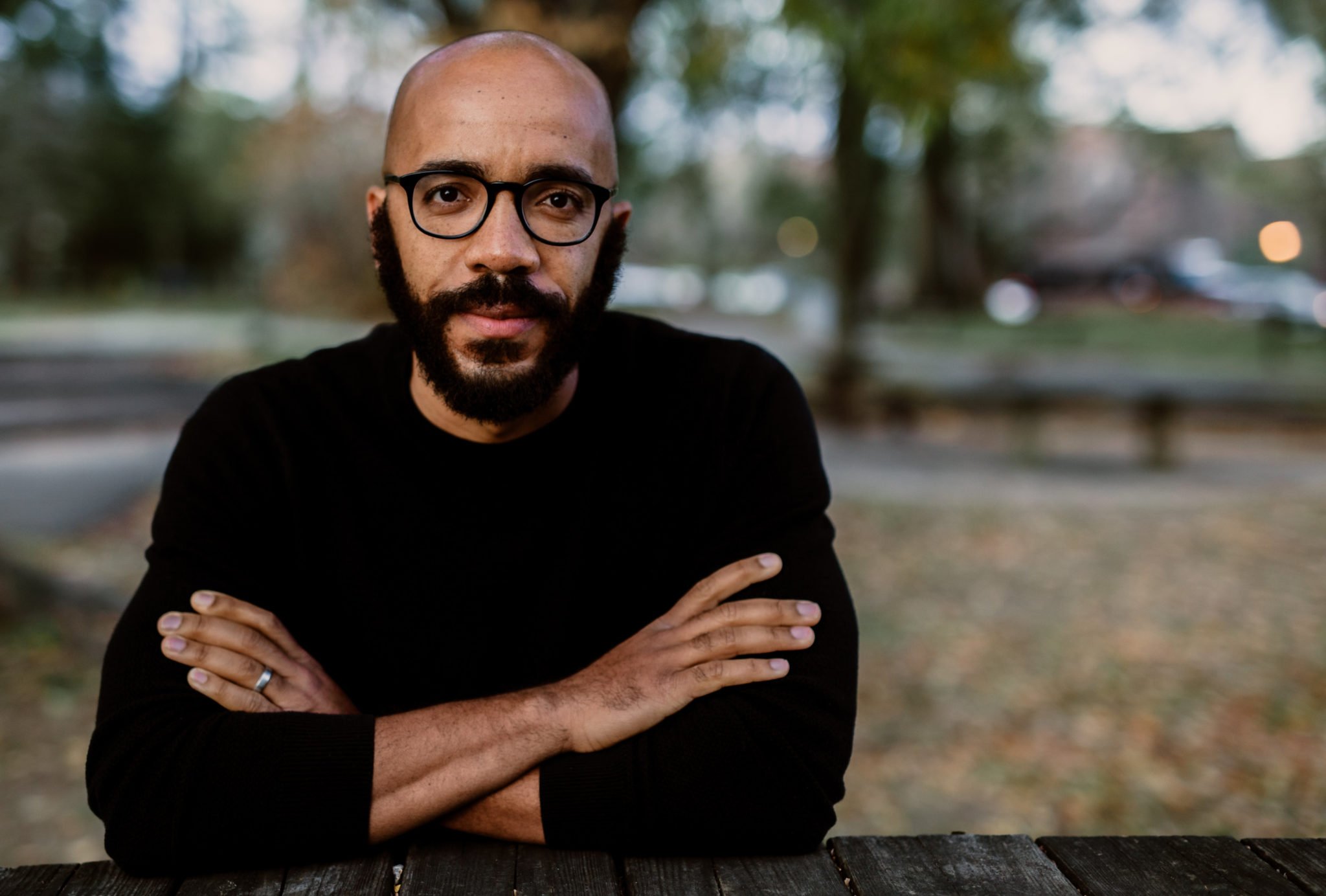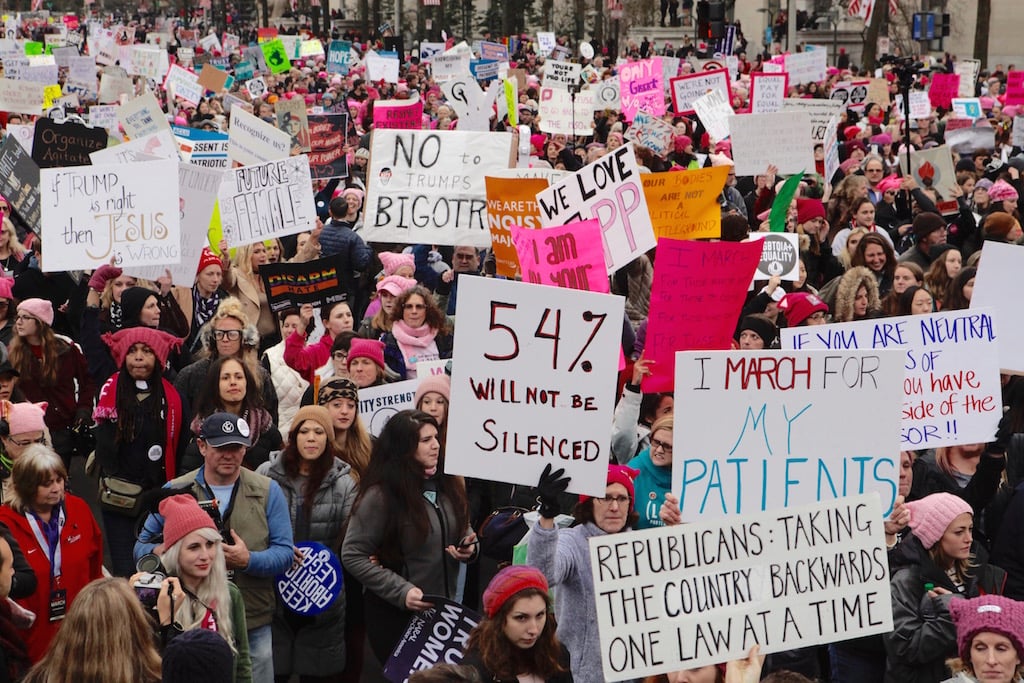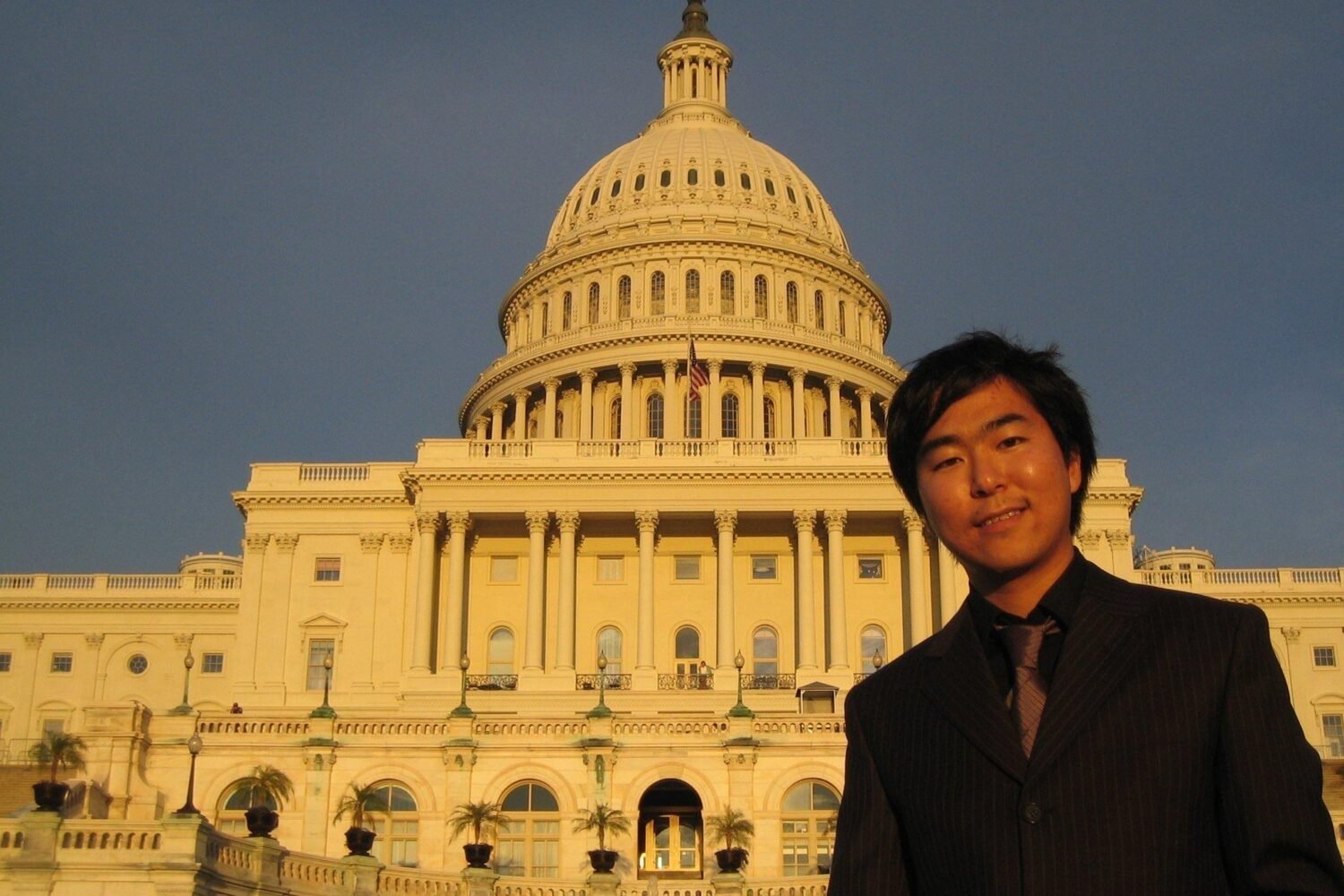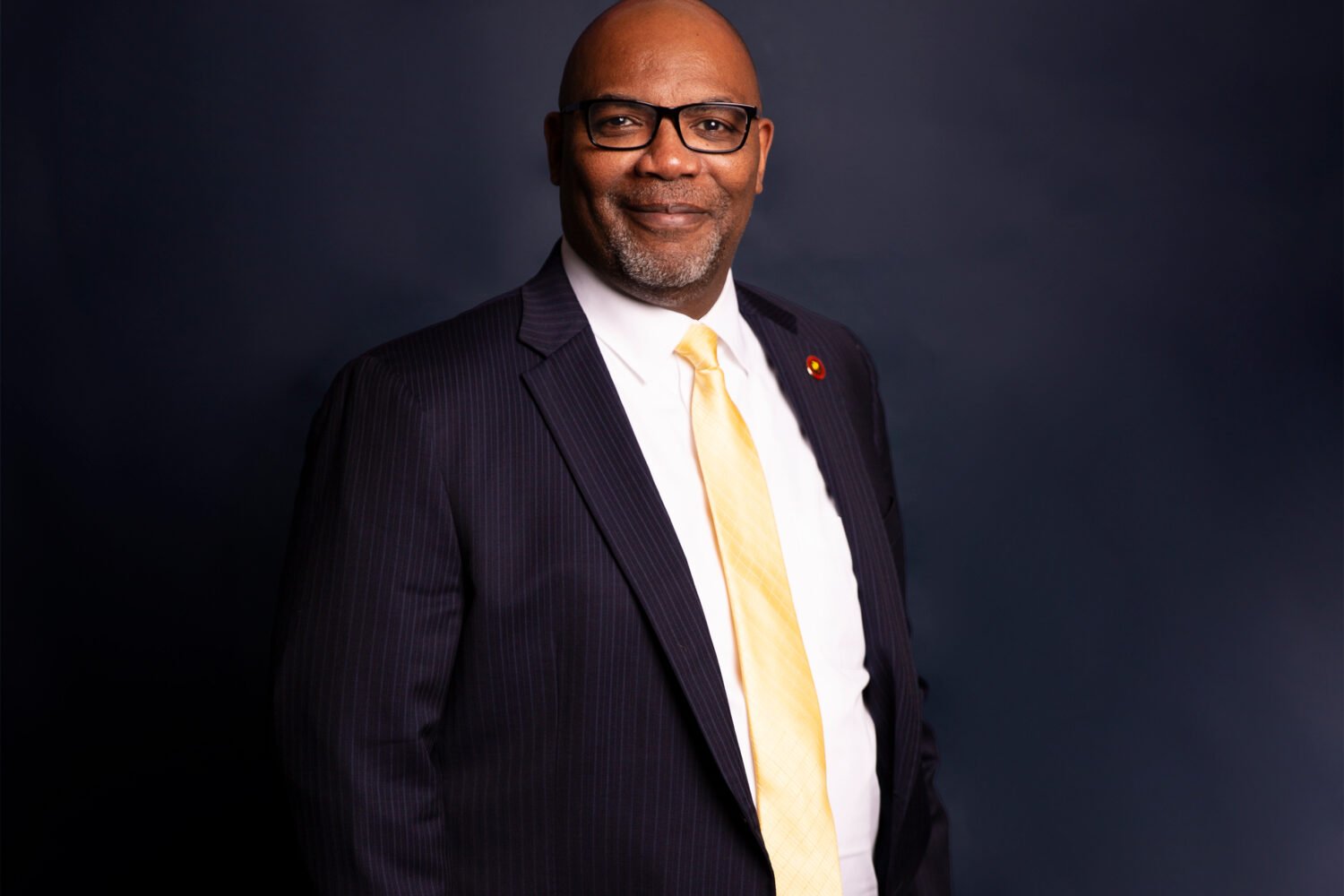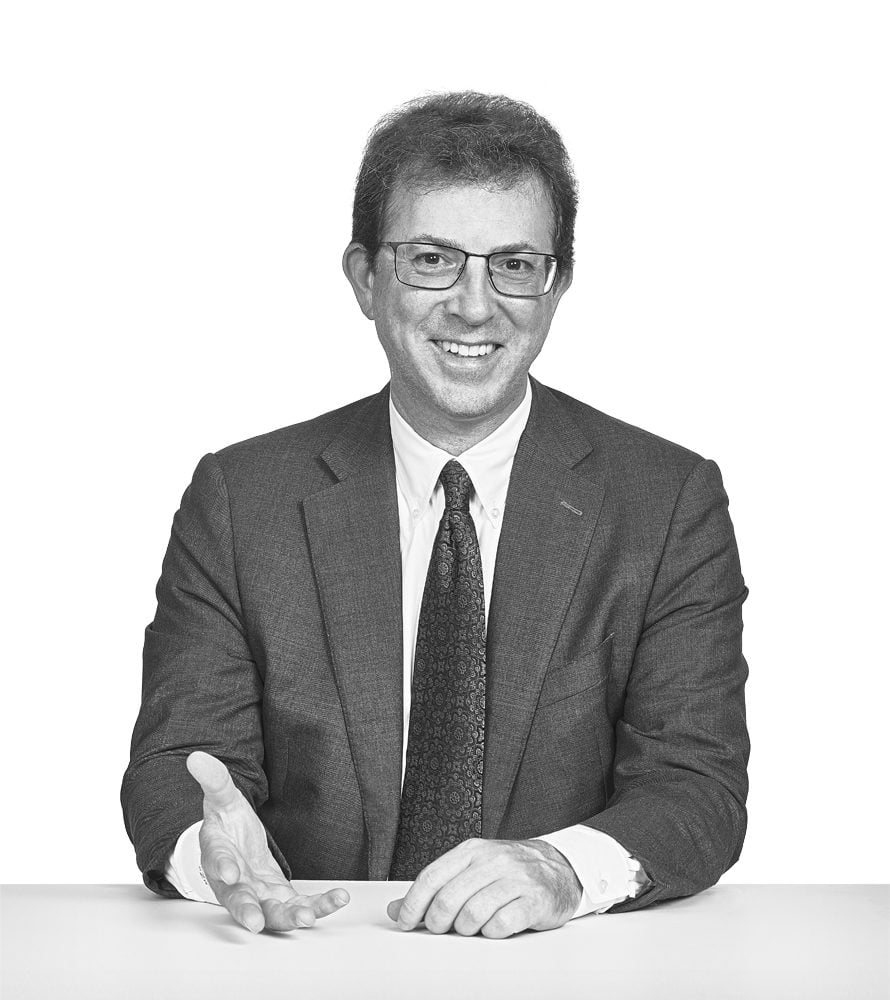Clint Smith, an educator, poet, and staff writer for the Atlantic, grew up in New Orleans surrounded by the remnants of the Confederacy and slavery. He attended a middle school named after Robert Mills Lusher, a Confederate figure and segregationist, and walked roads like Robert E. Lee Boulevard. Yet field trips that he went on as a student to plantations mentioned nothing about slavery. In 2017, the removal of statues depicting Confederates such as Lee, P.G.T. Beauregard, and Jefferson Davis prompted Smith to take a deeper look at this history. “I was thinking about what it meant that I grew up in a majority Black city in which there were more homages to enslavers than there were enslaved people,” Smith says. “How does that happen, and what are the implications of that?”
Smith, who now lives and works in Silver Spring, first focused on Louisiana, but soon his curiosity expanded. In his debut nonfiction book, How the Word Is Passed, Smith details his visits to eight locations in the US and abroad, including Thomas Jefferson’s Monticello plantation and Angola Prison, in order to understand more clearly how this history is remembered and continues to impact the country.
Before we talk about your book, you recently started hosting a series on YouTube called “Crash Course: Black American History.” How did you get involved?
I’d become, sort of, online friends with [author and YouTuber] John Green about five years ago or so. He somehow got ahold of my book and he [made] a vlog video about it, my first poetry collection, and then we connected after that. He asked me in 2018 if this is something I would consider. I was in graduate school at the time. I had been a fan of Crash Course for a long time—everything from their chemistry videos to literature to world history. I loved it all, so I was interested in it, but also trying to write a dissertation and we, my wife and I, had just had our first baby, so there was a lot on my plate. I think maybe a year later, I went back and asked if this was something that was still a possibility. It has been sort of a year and a half, two years in the making, and is still in the making. We’re still writing scripts and recording videos.
There [are] over 12 million people subscribed to Crash Course, and so it felt like too important of an opportunity to potentially pass up. To have a series that focused centrally on the Black experience in this country and to bring it to an audience that would have varying degrees of exposure to that history and to bring it both to people who are looking for it and also people who might not have been looking for it, I think the nature of Crash Course, with, like, a ten-minute video with animation with lots of images, is engaging in a way [that] will bring people into the conversation who might not pick up a 500-page book on the history of slavery.
You have only released a few episodes so far, but what feedback have you received from people, especially from students and teachers?
I was a high school English teacher for a few years before I started grad school and continue to teach in incarcerated spaces. The idea that it would serve as a resource for teachers meant a lot to me and was really important to me. From what I’ve heard so far, it’s been so positive. I think people are really grateful, especially in this moment where we are, as a country, having a conversation about race and racism in a way that is unlike a conversation we’ve had before.
In your book, you note that over the years, you visited around a couple of dozen historical locations total. How did you pick the eight written about in the book?
One of the things that I most enjoyed about the book was that even if I went to a place, it might not necessarily be the place I ended up writing about. For example, I thought I was going to write an entire chapter on Civil War battlefields, and so I went to Petersburg, Virginia, to go to the big Civil War battlefield there and was thinking that I would write about the Siege of Petersburg and the Civil War. I went and it was an interesting place. I was telling the tour guide about the project that I was working on, and he was like “Oh, you should go to the Blandford Cemetery.” And I was like “The Blandford Cemetery? What’s that?” He was like, “Oh, it’s this Confederate cemetery down the road.” I had never heard of it, but I was like, Well, let me go check it out, and then ended up having this experience at the Blandford that is in some ways one of the most fascinating and shocking and compelling stories in the book. It began in a sort of innocuous way of getting a tour of this church and then realizing that this church and the surrounding cemeteries were honoring 30,000 Confederate soldiers who were buried there but not saying anything about what the Confederate cause was.
There are a few places like Angola Prison and Blandford Cemetery where slavery is a secondary or peripheral piece of the story. What were your reactions when you had these conversations?
I think what was clear for me is that I couldn’t operate from an adversarial posture. I couldn’t come in there and try to aggressively push back against every single thing that I heard because then these people wouldn’t talk to me. What I wanted to do was both for myself and for the reader to be able to hear what these people believe. In many instances, I think the moments where I could have intervened and said, Actually that’s not true, but didn’t and just let them speak, I think their words are more damning than anything that I could have said.
What surprised you most in your research and visits?
I was not prepared for Angola to have a museum with a gift shop in it. And one, a museum that didn’t at all address the history of slavery that has taken place on that land. And then two, for there to be a gift shop that not only exists at a prison. It’s one thing if you have a gift shop at a place that used to be a prison … but it is a different thing entirely when thousands of people are still being incarcerated in a place and it has a gift shop. One of the mugs, for example, has the silhouette of the front gate with somebody holding a rifle at the top of the watchtower and above and below the silhouette, says, “Angola, a Gated Community.” As if to make a mockery of what is happening in that prison. As if there aren’t people there. As if 70 percent of the people held there aren’t going to die in that prison. As if the average sentence isn’t 83 years. As if there aren’t people working in those fields for virtually no pay picking crops in ways that are unsettlingly analogous to a history of slavery that transpired on that land.
How did your background as an educator and teacher in Prince George’s County influence this book?
I wanted to write the sort of book that I would have wanted to teach my students. That was the driving force throughout the book. I was like, Would my 15-year-old sophomores read this book? Would they stick with it? Would they be interested in it? I mean, having been a teacher animates everything that I do as a writer. I’m always carrying that with me. I’m thinking about those young people that I’ve worked with and how that experience has shaped me.
This is your first book of nonfiction, but your first book ever was a collection of poetry. How did your experience as a poet influence your writing here?
When I first started writing it, I thought it would be a collection of poetry. Let me start by saying, poems are my north star as a writer. When I first came into writing, it was through poetry, to the extent that I have formal training, it is as a poet, even before it was as a sociologist. Part of what poetry trains you to do is to focus and to fixate on the most granular, microscopic aspects of something. I think I brought that sort of discipline to this type of work where I wanted to take the best of the historiography of slavery that I’ve spent time with over the past several years and to add an emotional and human and physical and sensory texture to it. Like, what does the land look like? What does it smell like? What does it taste like? What does it feel like in my body to stand inside that slave cabin?
What did you learn from sites like the Whitney Plantation in Louisiana that are trying to honestly reckon with this history?
What is true is that what they are attempting to do is remarkable and also shouldn’t be remarkable. That should be the standard for every plantation in this country. The idea that the Whitney stands out as a plantation that is centering the lives of enslaved people when enslaved people are the center of the story, should not be something that we have to lift up and celebrate to the extent that we do, because it should be commonplace. There’s no way to understand a plantation as anything other than a place that we should now honor the lives of the enslaved and talk frankly about what was done to them on that land.
Another thing is that I think Black people in this country have a strange relationship to plantations, and for many Black people there is no desire to go visit a plantation in part because so many of the plantations across the country tell a story that completely ignores or side steps or undermines the reality of what slavery was. A place like the Whitney demonstrates, I think, that if you tell the story of that plantation and its relationship to slavery in an honest, forthright way, the demographics of your visitors will look very different than that of many of the plantations.
I went to the Whitney with my family after I’d written the chapter. It was a deeply moving experience for us to have together and one that grounded all of us in a reminder of both how recent this history was and how fortunate we are to be able to experience freedom in the way that we do and how precarious that freedom is. That was a moving experience that I will remember for the rest of my life, but there are only a few plantations where that sort of an experience is possible.
At the end of the book, you turn closer to home and speak with your grandparents. At what point did you realize you should look into your family’s history?
As I was writing this book, what became clear to me is that I [was] spending so much time interviewing and talking to strangers about their lives in these in-depth ways and I realized I wasn’t bringing that same level of intentionality to people closest to me. I sat down for hours and hours talking to public historians at these different sites, and I had a moment where I was like, I’ve never sat down and done this with my grandmother. I’ve never sat down and done this with my grandfather. And I had to ask myself why. I wanted to do that, especially after having gone to the National Museum of African American History and Culture with them, which was this profound moment where I was pushing my grandfather in his wheelchair, and my grandmother was walking ahead of us. My grandfather was born in 1930 Jim Crow, apartheid Mississippi, and my grandmother was born in 1939 Jim Crow, apartheid Florida. I was moving with them through this museum and realizing that so much of what was documented in the museum, so much of the violence documented in the museum. They had experienced firsthand. They lived through it firsthand.
I heard stories from them that I’d never heard before. My grandfather, I learned, grew up in a town of 1,000 people where they knew someone who had been lynched and castrated when he was like 12 years old. And I can’t imagine how that psychologically and emotionally impacts a 12-year-old child. I talked to my grandmother who had ice cream and food and rocks thrown at her by white kids who were passing by as they were walking to school.
I wanted to end with that as a sort of reminder to the reader that we don’t always have to look [far]. I mean it’s great to try. I hope the reader is inspired to travel to these places and other places that have a relationship to that history. I also hope that Black readers, in particular, feel compelled to interview and have conversations with their own grandparents, their own parents, their own elders, who have a relationship to this history of our country that we are told, was a long time ago, but in fact, wasn’t that long ago at all.
This interview has been edited and condensed.

